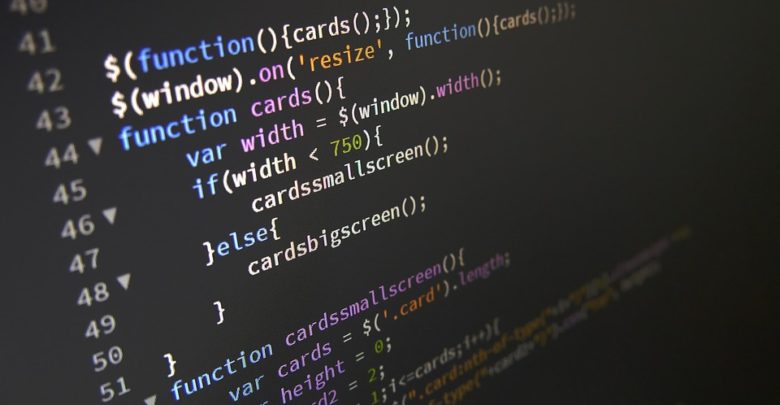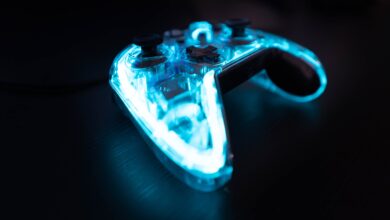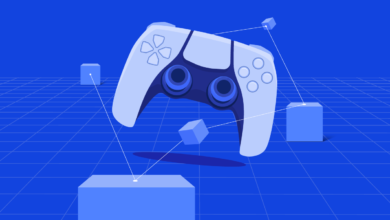InnovationTechnology Law / Cyber Law
The Substantial Similarity Test : Tests of Source Code Comparison

This article is second in the series on Source Code Comparison. The first article can be accessed here and read the third article here.
Striking down the ‘substantial similarity test’
The issue of source code infringement and the consequent comparison between the infringing and the infringed code was elaborately discussed for the first time in Whelan Assocs., Inc. v. Jaslow laboratory, Inc (3rd Cir. 1986). The court ruled that copyright protection of computer programs may extend beyond the programs’ literal code to their structure, sequence, and organisation. To reach a conclusion when dealing with such cases, the court formulated the ‘substantial similarity’ test with regard to the ‘structure, sequence and organisation’ of a computer program in this case. However, this test was overruled in Computer Associates International, Inc. v. Altai, Inc. 982 F. 2d 693 (1992). The district court reasoned that this test failed to take into account the fact that while the code is text (static structure) and hence copyrightable, the user of the program deals with its behaviour (dynamic structure) which may not be copyrightable. Thus, to analyse copyrightability in terms of ‘structure’ is ambiguous, and to identify structure with ‘sequence’ and ‘organisation’ is fallacious. The appellate court concurred with the district judge and cited the same as an outdated appreciation of computer science. Negating the Whelan approach, the appellate court upheld the abstraction, filtration and comparison test formulated by the district court.
Adapter and Oscar- a pursuit for cross-platform compatibility
Before getting into the details of the test itself, let’s first familiarize ourselves with the facts of the case. The appeal had come from the United States District Court for the Eastern District of New York. Computer Associates International, the plaintiff, had created a job scheduling program- a computer program that sorts, runs and controls the various tasks given to a computer- namely, CA SCHEDULER. The software was initially compatible with IBM System 370 computers running either of the DOS/ VSE, MVS and VM/ CMS operating systems. Ordinarily, a software is written for a particular operating system and therefore, it is inherently incapable of running on a different operating system. However, to overcome this difficulty and support cross-platform compatibility, CA SCHEDULER included a clever component called ADAPTER- a translator which translated the language of the program into commands understandable to a particular operating system. To achieve this inter-OS compatibility, the software had been broken down into two components, firstly, a task specific portion of the program and secondly, an interface which contained all the interconnections between the first component and the operating system. This interface, in the case of CA SCHEDULER was the ADAPTER.
In 1992, Altai, the defendant, came up with their own job scheduler named ZEKE. It was originally written for VSE OS. The quarrel began to take shape when Altai hired a previous CA employee in an attempt to make their own ADAPTER. The resultant was OSCAR 3.4 which included about 30% of ADAPTER’s source code. Only in 1988 it came to light that Altai had used CA ADAPTER’s source code and an action for copyright infringement and trade secret was brought against Altai. The District Court conducted trial for 6 days, from March 28 to April 6, 1990 and entered into judgment on August 12, 1991. Judge C. Pratt awarded CA $364,444 in damages and apportioned profits for infringement of copyright by OSCAR 3.5. However, he ruled that the trade secret claims were pre-empted by the copyright claim and also refused to entertain the copyright claim against OSCAR 3.5- a software subsequently re-written after the receipt of summons in this case.
Since Altai had conceded to the copying claim against OSCAR 3.4, in an attempt to bring home the claim against OSCAR 3.5, CA argued that it remained substantially similar to the structure of ADAPTER, despite Altai’s re-write of the OSCAR code. It was also claimed by CA that the test applied by the district court had failed to account sufficiently for a computer program’s non literal elements such as, general flow charts as well as the more specific organisation of inter-modular relationships, parameter lists, and macros.
Abstraction-Filtration-Comparison
Coming to the particulars of the test laid down by Judge Pratt, the formula postulated was ‘abstraction-filtration-comparison’. The test is capable of determining similarity between the non-literal elements of a computer program. The appellate court opines that, “this approach breaks no new ground; rather it draws on familiar copyright doctrines as merger, scenes a faire, and public domain.” While undertaking this test, a court would first break down the allegedly infringed program into its constituent structural parts and examine each of these parts for an analysis of incorporated ideas, expression that is necessarily incidental to those ideas, and elements that are taken from the public domain. Post such a break down, the two programs would be compared to check for any infringement.
Abstraction, a framework expounded in the Nichols v. Universal Pictures Co., 45 F.2d 119, 121 (2d Cir. 1930), is first used to separate an idea from expression. While this test was originally applied in relation to literary works such as novels and plays, it is found to be adaptable to computer programs. Using this test, a court should dissect the allegedly copied program’s structure and isolate each level of abstraction contained within it. This process begins with the code and ends with an articulation of the program’s ultimate function.
Filtration serves the purpose of defining the scope of plaintiff’s copyright. In this process, the court shall endeavor to separate protectable expression from the non-protectable expression- after examining the structural components at each level of abstraction to determine whether their particular inclusion at that level was an “idea” or was dictated by consideration of efficiency, so as to be necessarily incidental to that idea; required by factors external to the program itself; or taken from the public domain.
The comparison being the last process, the court’s inquiry shall focus on whether the defendant, in fact, copied any aspect of the protected expressions, as well as an assessment of the copied portion’s relative importance with respect to the plaintiff’s overall program.
Start a meaningful discussion, share this post now.




